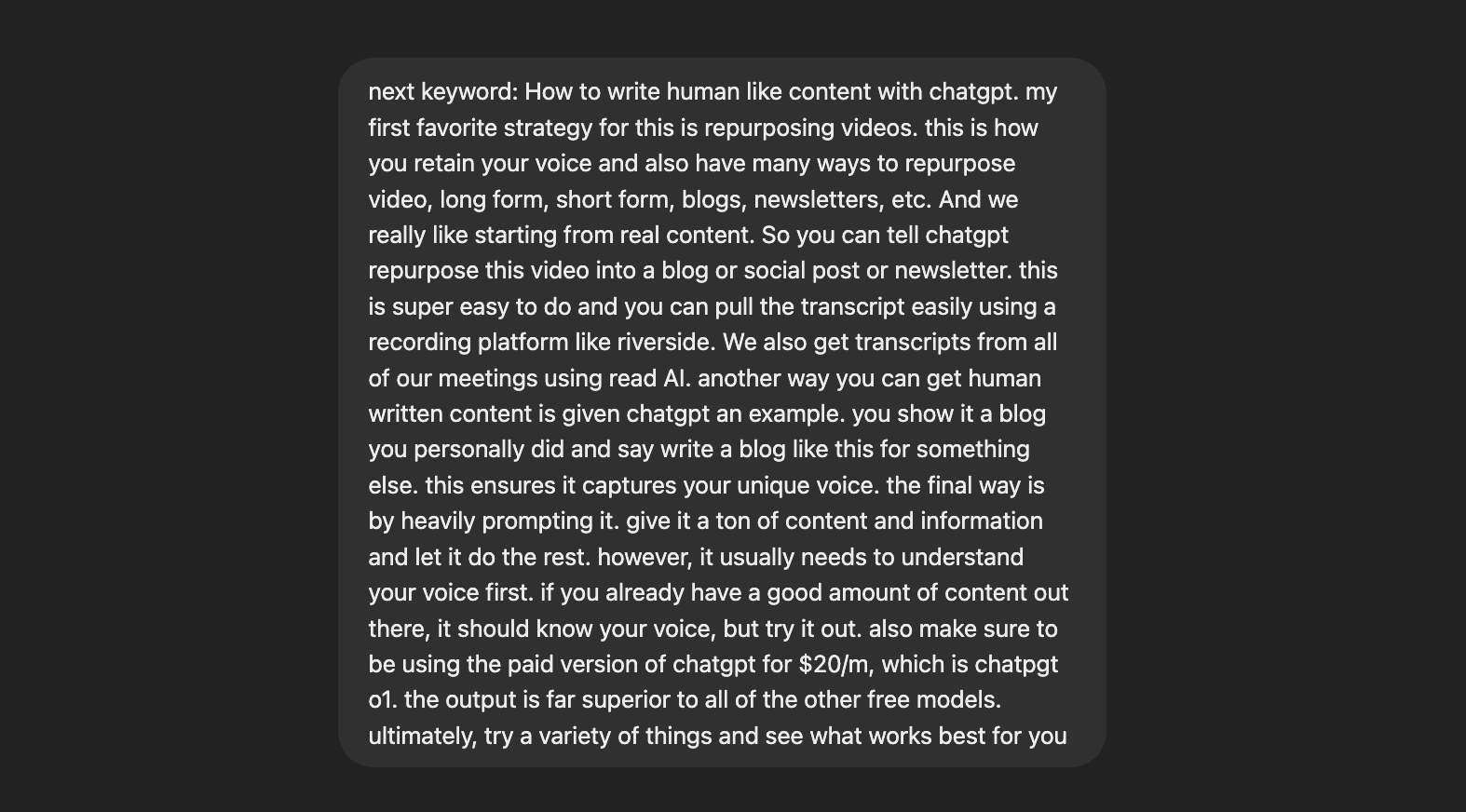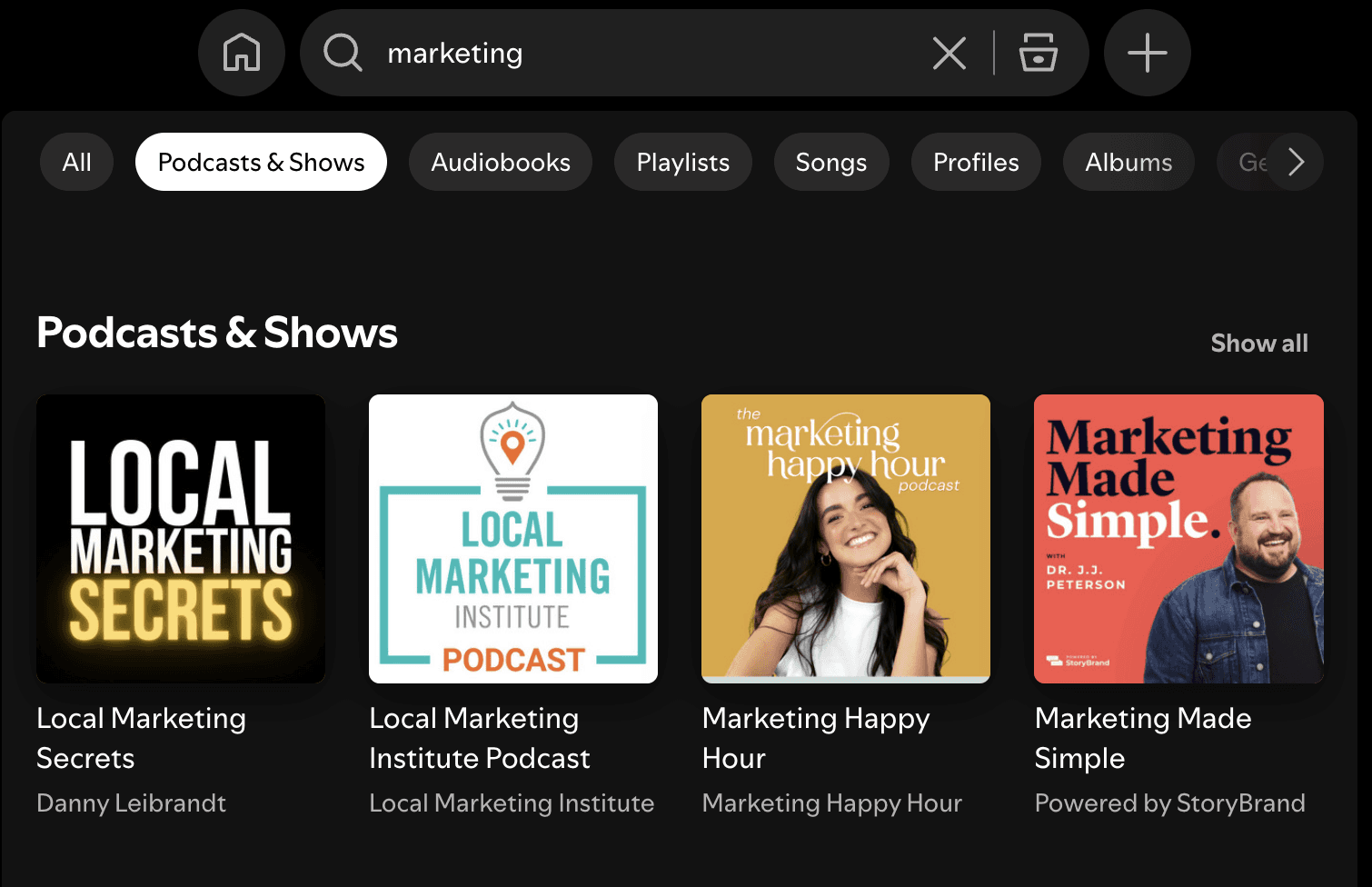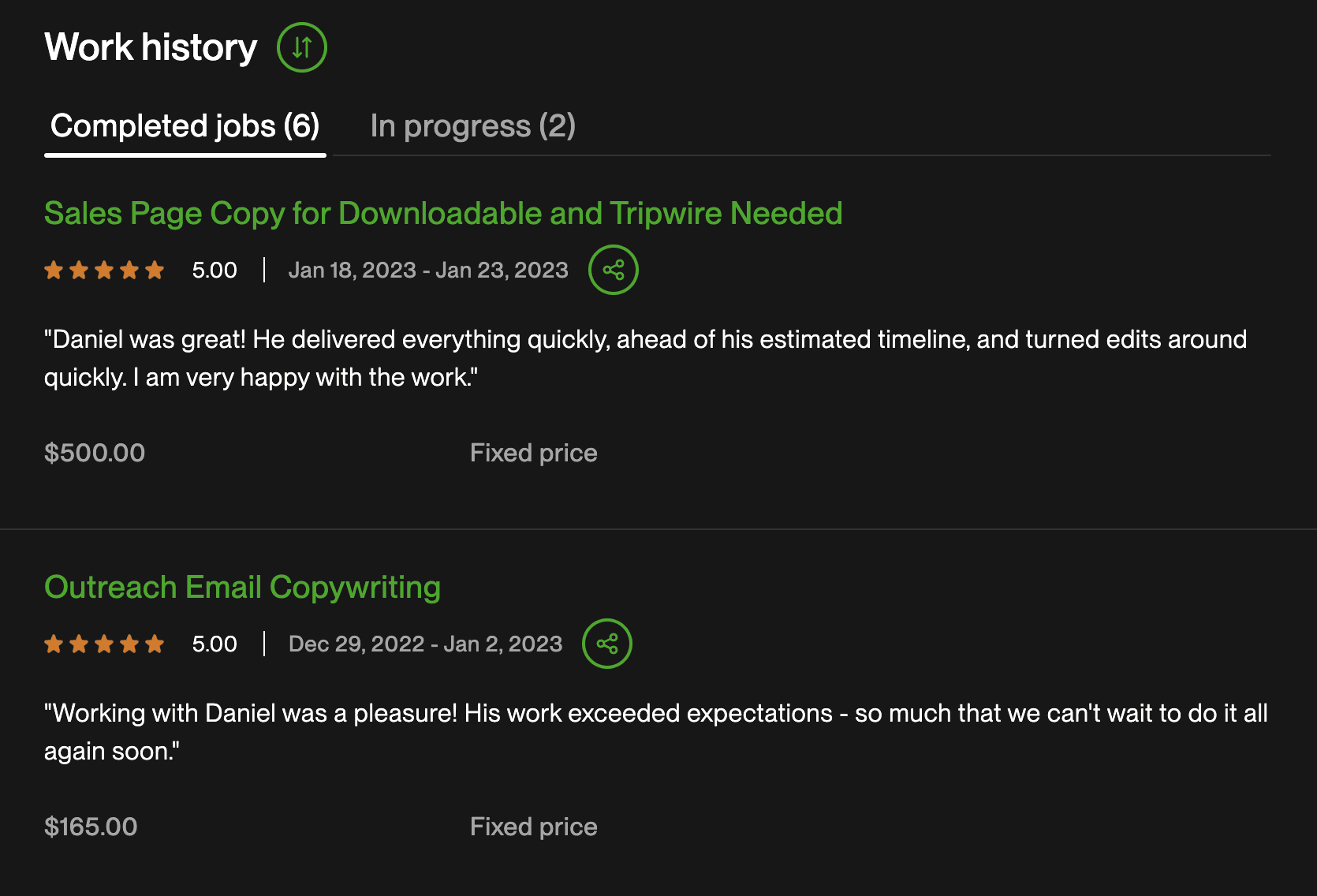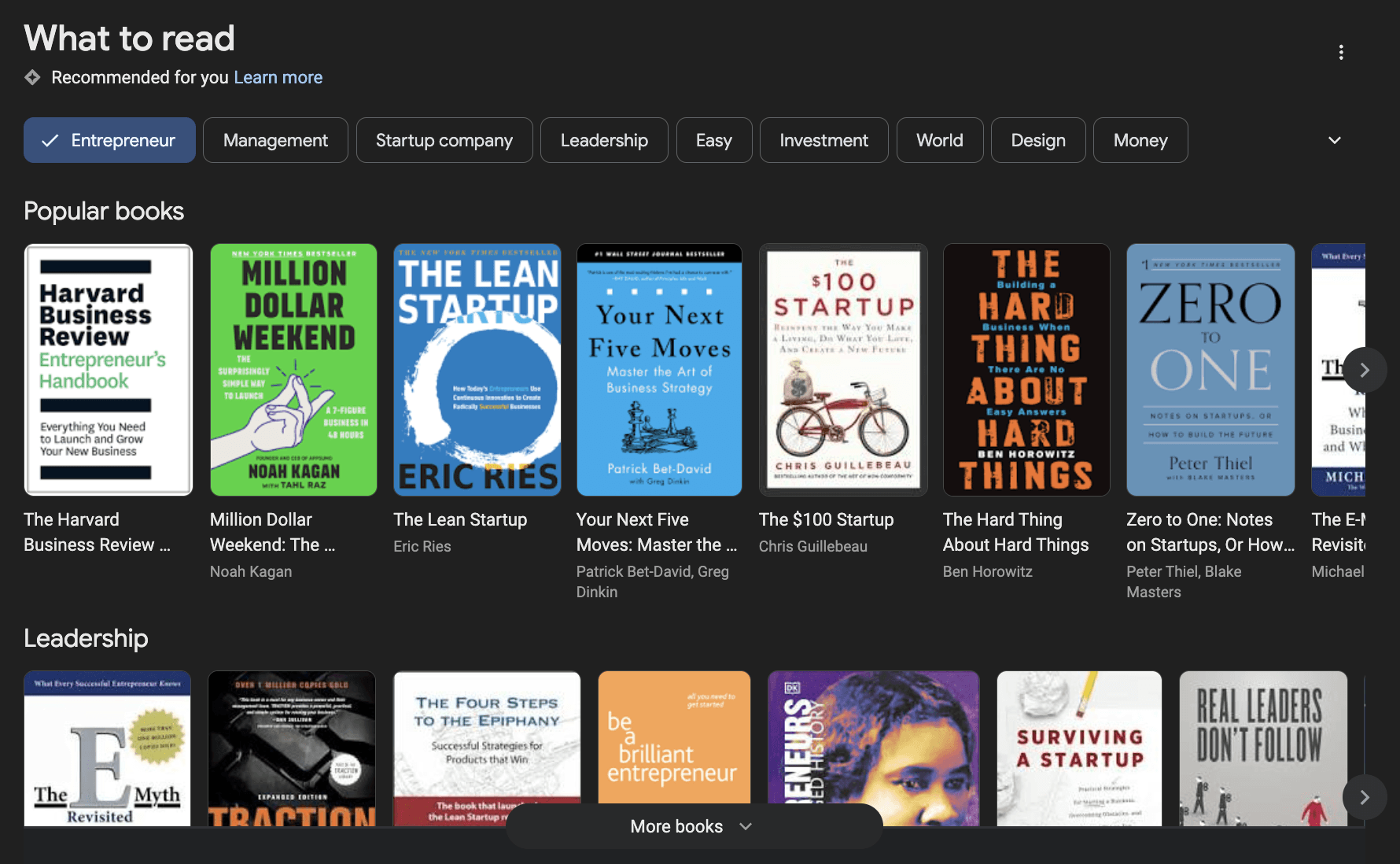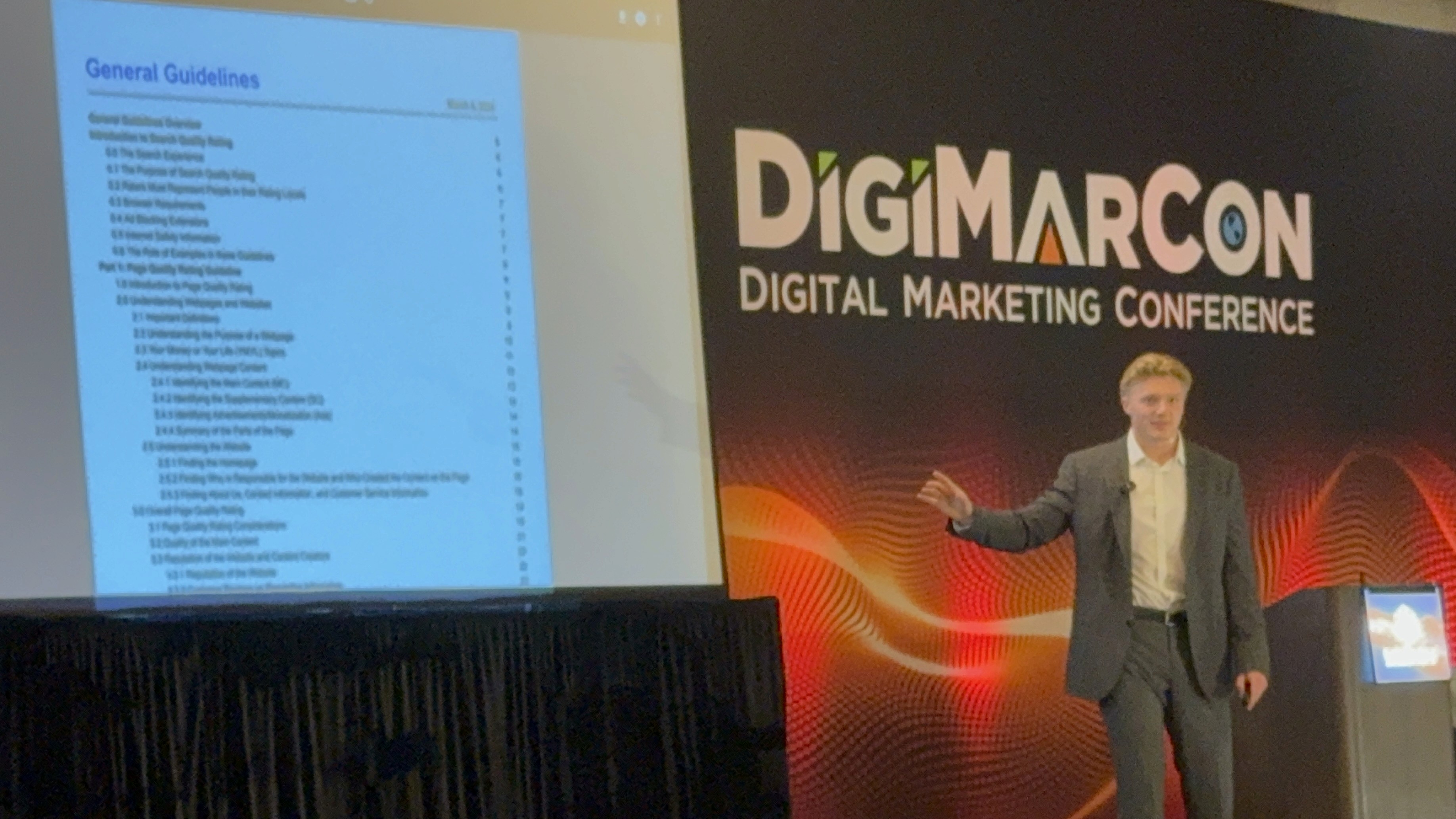Marketing
Channel Marketing: How to Leverage Multiple Channels to Grow Your Business
Jul 25, 2024
As an entrepreneur, one of the most effective strategies I’ve found for growing a business is channel marketing. It’s all about using multiple marketing and distribution channels to reach customers where they are. Instead of relying on a single platform or approach, channel marketing allows you to diversify your efforts and maximize your reach.
In this post, I’ll break down what channel marketing is, why it’s important, and how you can implement it in your business to drive growth and increase brand visibility.
/ / / / / / / /
What Is Channel Marketing?
Channel marketing involves using various marketing and sales channels to promote and distribute your product or service. These channels can be digital, physical, direct, or indirect. The idea is to create a cohesive strategy that spreads your message across multiple platforms, allowing you to engage with a wider audience and attract different customer segments.
Some examples of marketing channels include:
Direct sales: Selling directly to consumers through your website or sales team.
Retail distribution: Selling products in physical stores or through online retailers like Amazon.
Social media marketing: Promoting your brand on platforms like Instagram, LinkedIn, Facebook, and TikTok.
Affiliate marketing: Partnering with affiliates who promote your product to their audience in exchange for a commission.
Email marketing: Nurturing leads and engaging with your audience through regular email campaigns.
What I love about channel marketing is the flexibility it provides. You can combine different strategies and tailor your approach based on where your target audience is most active.
Why Channel Marketing Is Essential
One of the reasons I prioritize channel marketing is because it helps reduce reliance on any single platform. Too many businesses focus all their energy on one channel—whether that’s social media, paid ads, or even word-of-mouth—and while that can work for a while, it’s risky. If that one channel dries up or changes (we’ve all seen algorithm shifts), your entire strategy could fall apart.
By leveraging multiple channels, you:
Increase your reach: Different channels attract different audiences, so using multiple platforms allows you to expand your reach.
Diversify risk: If one channel stops performing, you’ve still got other avenues bringing in leads and sales.
Improve customer experience: People interact with brands in different ways. Some prefer social media, others email, and others might discover you through retail stores. Channel marketing ensures you’re reaching people where they’re most comfortable.
Regardless, you should have a proper CRM funnel in place. See different types of CRM funnels for marketing here.
Key Channel Marketing Strategies
Let’s dive into some of the key strategies I’ve used to successfully implement channel marketing in my own businesses.
1. Identify the Right Channels for Your Audience
Not every channel will be a fit for your business, so the first step is understanding where your audience hangs out. Do they spend more time on social media, or are they engaging through email? Are they buying from online marketplaces like Amazon, or are they visiting retail stores?
I recommend doing some research on your target audience’s behaviors and preferences. You can use tools like Google Analytics, customer surveys, or social listening tools to see where your customers are spending their time. Once you know where they are, focus on those channels that give you the highest return on investment.
2. Build a Consistent Brand Presence Across Channels
While each channel might require a slightly different approach, your brand message should remain consistent. I always aim to create a unified experience across every platform I use. This means using the same tone, visuals, and messaging, whether I’m posting on Instagram, sending an email, or creating an ad.
Consistency builds trust with your audience. They should feel like they’re engaging with the same brand, no matter how they interact with you.
3. Integrate Your Channels for Maximum Impact
One of the most effective ways I’ve found to amplify my results is by integrating my marketing channels. For example, I’ll run a promotion on social media, then follow up with email subscribers, and even encourage sales through affiliate partners. The key here is to make sure your channels work together rather than operating in silos.
For instance, when I launch a new product, I’ll promote it on social media, share an in-depth blog post on my website, send a series of email campaigns, and collaborate with affiliates to spread the word. This approach ensures my message is reaching people from multiple touchpoints.
4. Measure Performance Across Channels
To know what’s working and what’s not, it’s essential to track your results across every channel. I always recommend setting up key performance indicators (KPIs) for each platform you’re using. Whether that’s tracking website traffic, conversion rates, email open rates, or social media engagement, having data will help you make informed decisions.
One tool I rely on is Google Analytics, which gives me a clear view of how each channel is driving traffic and conversions. It’s important to regularly analyze this data so you can adjust your strategy and focus on the channels that are performing best.
5. Adjust and Scale as You Grow
Channel marketing isn’t a one-size-fits-all approach, and your strategy will likely evolve as your business grows. I’ve learned that it’s important to stay flexible and adjust based on performance. Some channels might start out strong but fade over time, while others might surprise you with their effectiveness.
As your business scales, you can also begin adding new channels to your strategy. For example, if you’re currently focused on social media and direct sales, you might expand into affiliate marketing or retail distribution down the road.
Common Mistakes to Avoid in Channel Marketing
I’ve learned a few things along the way about what not to do when it comes to channel marketing. Here are some common mistakes to watch out for:
a) Spreading Yourself Too Thin
It’s tempting to try to be everywhere at once, but that’s a mistake. I’ve found that it’s better to focus on a few key channels and do them well than to be on every platform and deliver mediocre results. Start small and scale up as you gain more resources and experience.
b) Ignoring Data
Without data, you’re flying blind. Make sure you’re tracking performance and making decisions based on hard numbers rather than gut feelings. Analytics will tell you which channels are worth your time and effort.
c) Inconsistent Messaging
If your brand voice or messaging differs too much between channels, it can confuse your audience. Keep things consistent so that no matter where your customers engage with you, they know exactly what your brand stands for.
My Final Thoughts on Channel Marketing
Channel marketing has been a game-changer for me, and it’s a strategy I recommend to any business looking to grow and scale. By using multiple channels, you not only reach more people but also create a more diverse, resilient marketing strategy. From social media to email to affiliate partnerships, channel marketing allows you to meet your customers where they are and build a brand that’s adaptable and sustainable.
If you’re ready to take your marketing to the next level, start by identifying your key channels, creating a cohesive strategy, and tracking your progress. It’s an approach that requires effort, but the rewards are more than worth it.
Latest
More Blogs By Danny Leibrandt
Get the latest insights on business, digital marketing, and entrepreneurship from Danny Leibrandt.



























